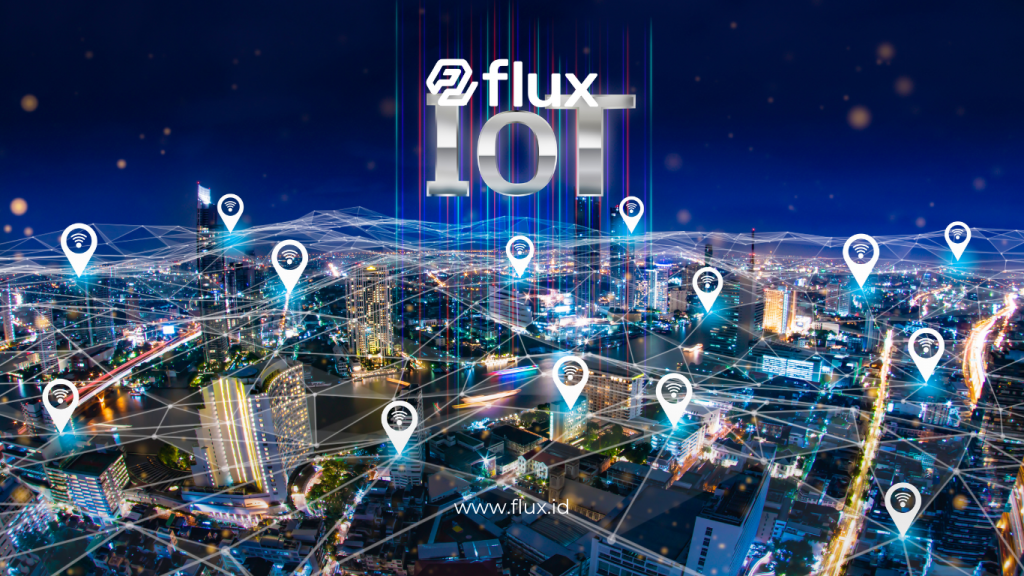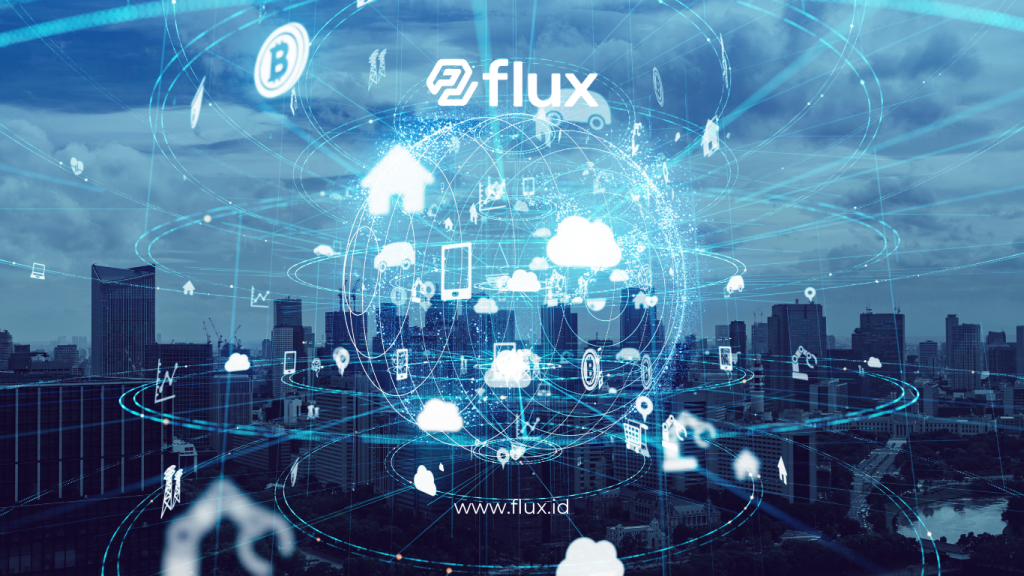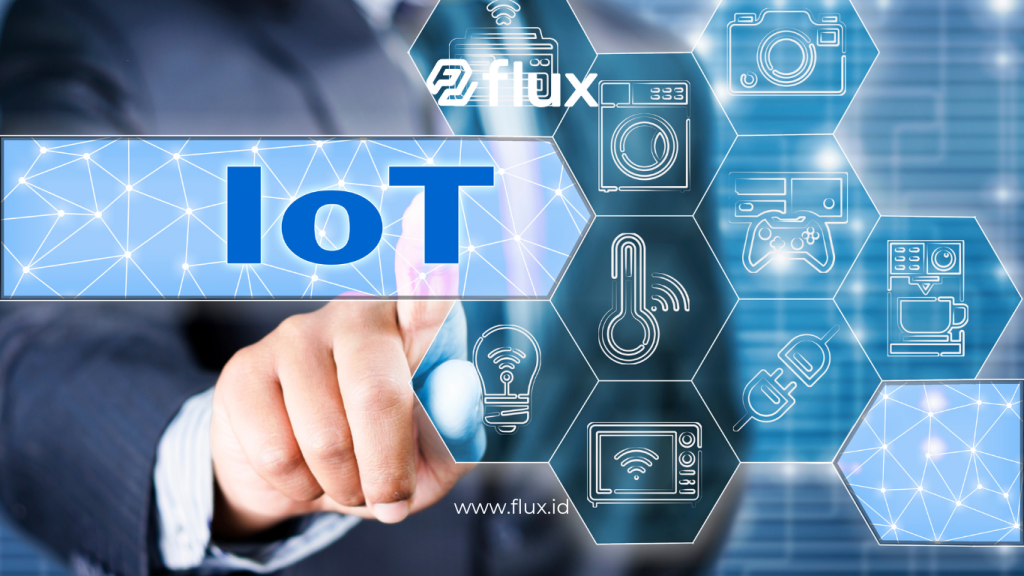Don't miss our holiday offer - 20% OFF!
Smart cities are the future concept that integrates technologies such as AI (Artificial Intelligence) and IoT (Internet of Things) to improve the quality of life. In terms of security, these two technologies play a key role in creating safer and more comfortable environments for residents. This article will discuss how AI and IoT are applied for security in smart cities and how these technologies are changing the way we live in urban environments.
Contents
- 0.1 1. What is Smart City Security?
- 0.2 2. The Role of AI in Smart City Security
- 0.3 3. The Role of IoT in Smart City Security
- 0.4 4. Implementing AI and IoT in Smart City Security Systems
- 0.5 5. Challenges in Implementing AI and IoT for Smart City Security
- 0.6 6. Benefits of Smart City Security with AI and IoT
- 0.7 7. The Future of Smart City Security: Broader and More Advanced Integration
- 1 Conclusion
1. What is Smart City Security?

Baca Juga: Smart City in Indonesia: Opportunities, Implementation, and Challenges in Modern Urban Development
Security in a smart city includes various technologies designed to prevent crime, reduce disaster risks, and maintain order in public spaces. With the help of AI and IoT, smart cities can monitor activities in real time, analyze data, and respond to emergencies quickly.
2. The Role of AI in Smart City Security
AI functions as the brain of intelligent systems that help analyze big data and provide predictions. Some AI applications in security include:
- Automated Surveillance: AI-powered surveillance cameras can detect suspicious behavior. This helps identify potential threats earlier.
- Crime Data Analysis: AI analyzes previous crime data to predict when and where the next incidents will occur. With this information, authorities can enhance monitoring in high-risk areas.
- Early Warning Systems: In the event of natural disasters, AI processes sensor data to provide early warnings. This enables faster response times and reduces damage.
3. The Role of IoT in Smart City Security

Read More: IoT Technology in Smart City Development: Realizing a Connected and Sustainable City
IoT functions as a network of connected devices that collect and transmit data in real time. Here are some IoT applications in enhancing smart city security:
- Environmental Monitoring Systems: IoT sensors can monitor environmental conditions such as air quality, temperature, and humidity. This helps detect potential natural disasters or fires early on.
- Transportation Security: IoT is used to control traffic lights and detect vehicles violating traffic rules. This can prevent accidents and optimize traffic flow.
- Building and Public Space Surveillance: IoT enables monitoring of buildings and public spaces to detect emergencies, such as fires or structural damage.
4. Implementing AI and IoT in Smart City Security Systems
Here are examples of how AI and IoT are implemented to create a safer environment:
- Smart CCTV and Video Analytics: AI-powered CCTV cameras do not just record, but also analyze video in real-time. This technology can recognize faces or suspicious behaviors and alert authorities.
- Alarm Systems and Quick Response: IoT-based alarm systems immediately connect to emergency services when danger is detected. This shortens the response time in emergencies.
- Smart Streetlights: With IoT sensors, streetlights can adapt to traffic conditions and weather, increasing safety in high-crime areas at night.
- Urban Infrastructure Monitoring: AI and IoT are used to monitor the condition of bridges and buildings. This prevents further damage and ensures safety.
5. Challenges in Implementing AI and IoT for Smart City Security

Read More: Smart City and the Future of Urban Areas: Optimizing Infrastructure with Smart Technology
Although AI and IoT offer many benefits, there are some challenges that need to be addressed:
- Data Security: The data generated by IoT devices is highly sensitive. If this data falls into the wrong hands, it can compromise the security of city residents.
- Implementation Costs: The use of these technologies requires significant investment in both hardware and staff training.
- Privacy Concerns: Constant surveillance through cameras and sensors may raise concerns about privacy. Clear policies are needed to protect residents’ personal data.
6. Benefits of Smart City Security with AI and IoT
Despite the challenges, these technologies offer numerous benefits:
- Crime Prevention: Enhanced security through AI and IoT can reduce crime rates. Intelligent monitoring systems help prevent crime before it occurs.
- Quick Incident Response: In emergencies, faster response times are possible due to automated systems that can immediately alert emergency services.
- Comfort and Safety for Residents: Citizens feel safer with systems capable of detecting and responding to issues quickly, from crime to natural disasters.
7. The Future of Smart City Security: Broader and More Advanced Integration
In the future, further integration of AI, IoT, and other emerging technologies in smart cities will continue to refine security systems. For example, blockchain could be used to enhance data security. Moreover, advanced AI and IoT will be able to predict potential threats before they occur, enabling more proactive measures.
Conclusion
AI and IoT play a critical role in creating safe and comfortable smart cities. These technologies enable more sophisticated surveillance, faster response to emergencies, and more effective crime prevention. Although there are challenges to overcome, the benefits far outweigh the drawbacks, including improved quality of life for residents. In the future, smart cities with AI and IoT-based security systems will continue to evolve, creating safer, more comfortable, and controlled environments for everyone.





